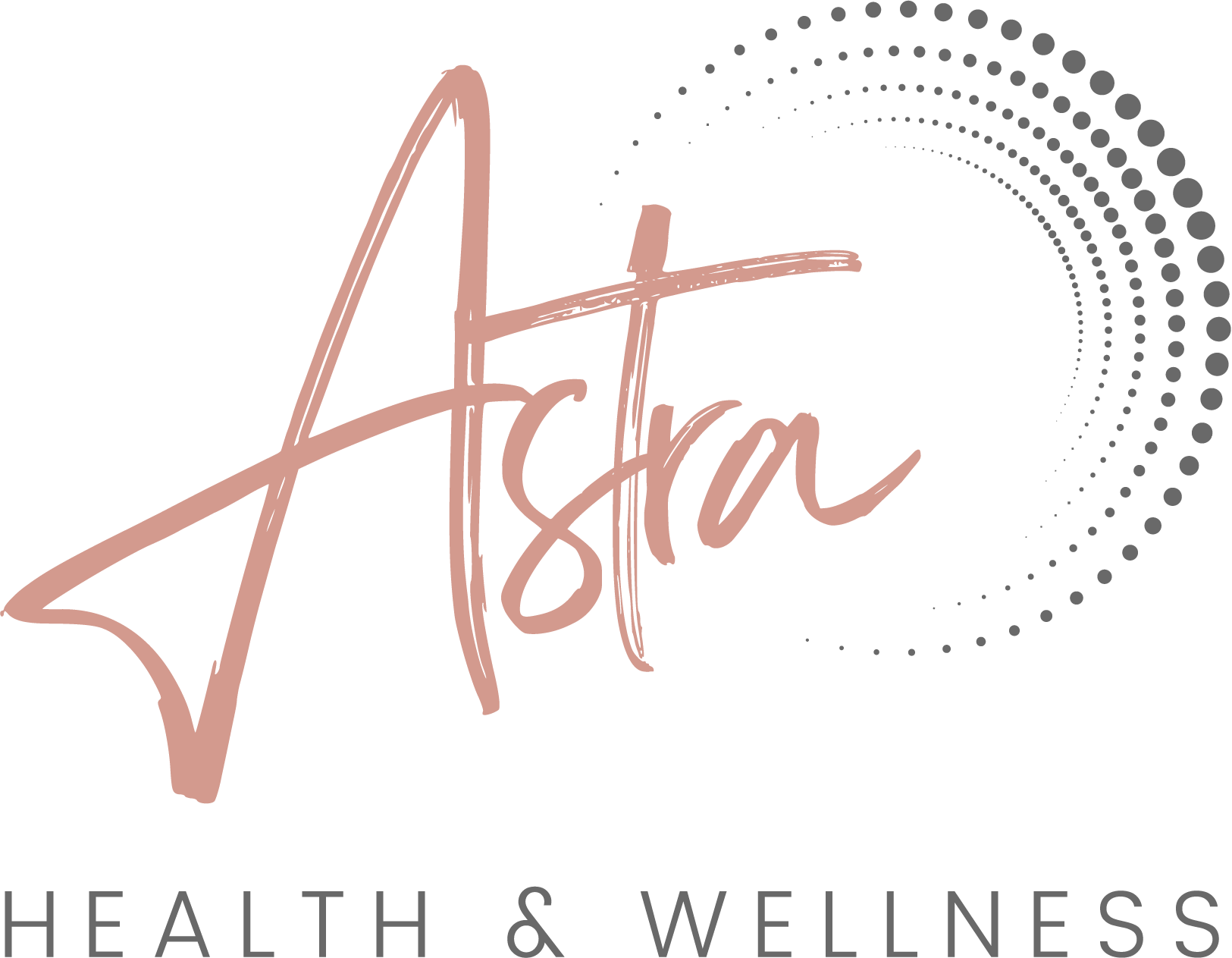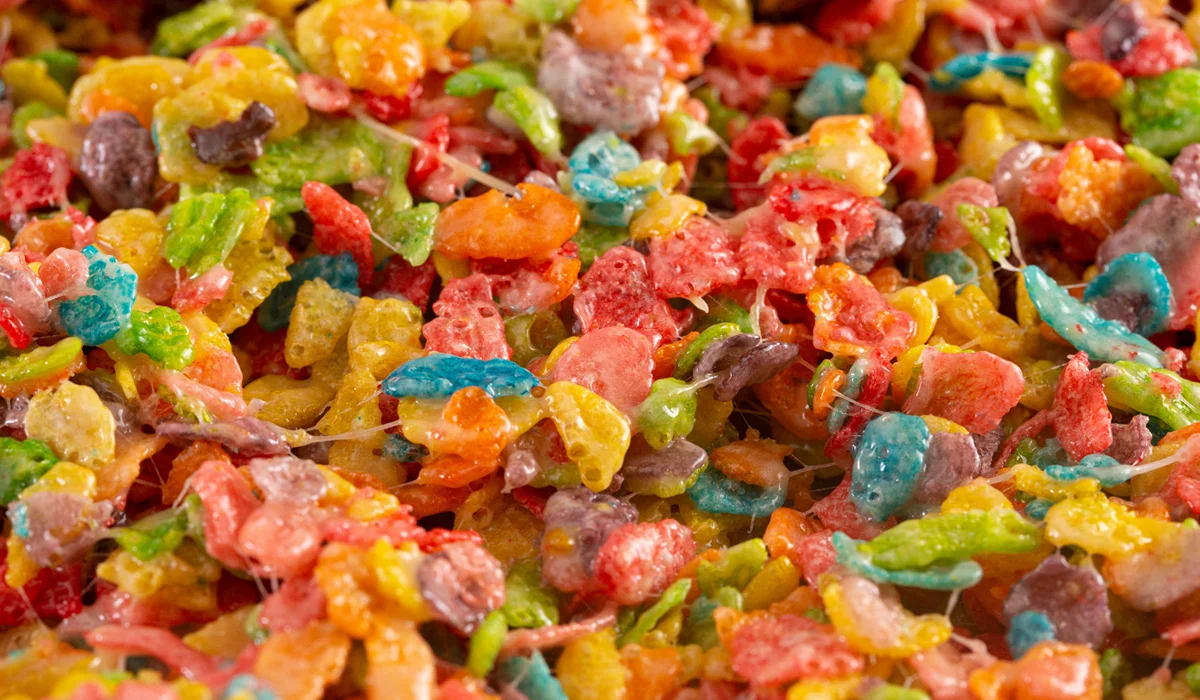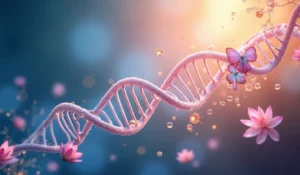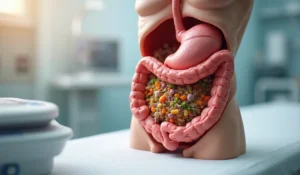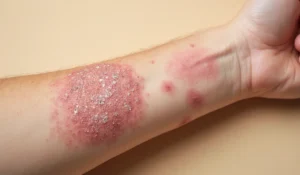Americans consume artificial food dyes at an alarming rate. The use of these synthetic colors has jumped 500% over the last 50 years, and children eat these additives the most . The average American today eats five times more food dye than people did in 1955 . These numbers raise serious questions about food dye’s effects on our health.
Red 40, Yellow 5, and Yellow 6 make up 90% of all food dye used across the United States . Research links these artificial colors to several health issues. Children seem more vulnerable than adults to these dyes, which can trigger hyperactivity . People who have sensitivities might react badly to Blue 1, Red 40, Yellow 5, and Yellow 6 . The risks don’t stop there. Red 3 has caused cancer in animal studies, and scientists have found cancer-causing contaminants in other dyes .
The United States stands almost alone among developed nations in its loose oversight of these chemicals . The FDA lets manufacturers use these dyes in many products without warning labels. Everyone should know what goes into their family’s food to make safer choices at the grocery store.
What are food dyes and where are they found?
A color additive gives color to food, drugs, or cosmetics. Food dyes are color additives used in foods and beverages that come in two main types: certified (synthetic) and exempt (mostly natural) [1].
How artificial dyes are made
Synthetic food dyes that raise the most health concerns come from petroleum-based substances [1]. These dyes first came from coal tar in 1856, but today’s artificial food dyes come from petroleum [1]. Manufacturers create them through chemical synthesis in controlled environments to keep them consistent [2]. The FDA tests samples from each batch before companies can use or sell these certified colors [2].
Food dyes fall into three groups: straight colors, lakes (made by mixing straight colors with other substances), and mixtures [3]. The FDA has approved nine artificial color additives for foods. Red 3, however, can’t be used in cosmetics or external drugs anymore [4].
Common foods and products that contain dyes
Artificial dyes show up everywhere in our food supply. You’ll find them in many surprising places beyond the obvious bright candies and drinks:
- Sports drinks (79% contain dyes) and beverage concentrates (71%) [5]
- Confectionery products (54%) [5]
- Breakfast cereals and snack foods [6]
- Salad dressings, pickles, and smoked salmon [4]
- Medications and vitamins [6]
Major manufacturers use between one and seven synthetic dyes in about 19% of their food and beverage products (1 in 5) [5]. Red 40 leads the pack as the most used artificial coloring, with Red 3 and Blue 1 next in line [5].
Why manufacturers use artificial colors
Food makers choose synthetic dyes over natural options for practical reasons. Artificial colors create brighter, more uniform coloring that mixes easily to make different shades [1]. These colors cost nowhere near as much as natural alternatives and last longer on shelves [1].
Companies add dyes to make up for color loss from light, air, temperature changes, and storage [1]. These colors fix natural color variations, boost natural colors, and add color to clear or “fun” foods [1]. Colors also help buyers know what flavors to expect—purple usually means grape, while yellow points to lemon [1].
The most common food dyes to avoid
The FDA approves seven synthetic food dyes in America’s food supply. Six of these petroleum-based colorings will be eliminated by the end of next year [7]. Let’s get into the most concerning dyes and their potential risks.
Red 40, Yellow 5, and Yellow 6
These three synthetic colorings account for 90% of all food dye that Americans consume [8][2]. Red 40 (Allura Red) shows up in more than 36,000 food products across America and remains the most accessible artificial coloring [2][3]. Yellow 5 (Tartrazine) and Yellow 6 (Sunset Yellow) show up often in candies, soft drinks, chips, and cereals [3].
These three dyes raise most important health concerns. Studies show all three can cause hypersensitivity reactions if you have certain sensitivities [9][1]. On top of that, Yellow 5 and Yellow 6 might contain several cancer-causing chemicals [9][1]. Red 40 could speed up immune-system tumor growth in mice and might trigger hyperactivity in children [1].
Blue 1 and Blue 2
Blue 1 (Brilliant Blue) colors ice cream, packaged soups, and popsicles [3]. Most studies haven’t found it toxic, but early research raised questions about its effects on nerve cells [1]. Some people may experience allergic reactions [1].
Blue 2 (Indigo Carmine) appears in candies, ice cream, and snacks [3]. This dye raises serious concerns as studies found “statistically significant incidence of tumors, particularly brain gliomas, in male rats” [1].
Red 3 and Green 3
Red 3 (Erythrosine) needs special attention. The FDA identified it as a thyroid carcinogen in animals back in 1990 [1][10]. The FDA banned it in cosmetics but still allows it in foods until January 2027 [11]. You’ll find it in maraschino cherries, candies, and popsicles [3][10].
Green 3 (Fast Green) caused major increases in bladder and testes tumors in male rats [1]. Europe banned it but America still approves its use [3].
Where these dyes are most often found
These dangerous colorings show up in:
- Breakfast cereals and snack foods
- Sports drinks (Gatorade) and juices
- Candies (Skittles) and confections
- Salad dressings and condiments
- Frozen dairy desserts and popsicles
- Baked goods and frostings [2][12]
Health risks linked to artificial food dyes
Artificial dyes do more than just add color to our foods. These synthetic additives create several health risks that have led many countries to ban or limit their use. New research shows how these dyes affect our bodies, especially our children’s.
Behavioral effects in children
The number of American children with ADHD has grown from 6.1% to 10.2% in the last 20 years [4]. Food dye consumption has shot up during this same time. A complete California state report shows that food dyes can trigger hyperactivity and other behavioral problems in children who are sensitive to them [4]. Some children show big behavioral changes from these chemicals, while others don’t react at all [4].
Scientists have found something interesting – children with specific variations in histamine breakdown genes react more strongly to synthetic food dyes [13]. The dopamine transporter gene might also change how these colorings affect behavior [13].
Allergic reactions and sensitivities
Food dye allergies don’t happen often, but they can cause uncomfortable and sometimes dangerous reactions. People might get red skin, hives, itching, eczema, and stomach problems [14]. Serious cases can lead to facial swelling, throat tightness, breathing problems, or even anaphylactic shock [14].
Red 4 (Carmine), Red 40, Yellow 5, and Yellow 6 cause most allergic responses [14]. People with aspirin allergies tend to react more to Yellow 5 [3].
Potential cancer risks and toxic contaminants
Some dyes raise red flags about cancer risk. The FDA identified Red 3 as a thyroid carcinogen in animals back in 1990 [1]. Green 3 caused more bladder and testes tumors in male rats [1].
The contamination issue might be even more concerning. Red 40, Yellow 5, and Yellow 6 might contain benzidene and other chemicals that cause cancer [1]. These contaminants stay at “presumably safe” levels, but eating multiple dyes increases exposure [6].
Scientific studies and conflicting results
The FDA says most children don’t have bad reactions to food dyes [15]. In spite of that, a 2021 meta-analysis looking at 27 clinical trials found that 64% showed some link between food dyes and negative behavioral changes in children [16].
Study quality varies a lot. Older studies before 1990 missed effects that newer ones caught [13]. The FDA’s safe daily intake levels for these dyes come from studies done 35-70 years ago. These studies weren’t set up to catch behavioral effects [4].
The scientific community hasn’t reached agreement yet. The growing evidence suggests we should be careful, especially with sensitive people and growing children.
Why regulations vary and what that means for your family
Your family’s exposure to potentially harmful chemicals depends on where you live. This reality stems from the different ways regions regulate food dyes. Countries worldwide take unique approaches to manage these substances.
FDA vs. European Union standards
The United States and Europe have a substantial regulatory gap. European regulators restrict substances until manufacturers prove them safe. The FDA allows additives until someone proves them harmful. European foods with Red 40, Yellow 5, and Yellow 6 must carry warnings that state they “may have an adverse effect on activity and attention in children”. The FDA looked at the same evidence but chose not to act.
American products contain many food dyes that European countries have banned or restricted heavily. To cite an instance, Europe banned Red 3 completely in 1994 (except for maraschino cherries). This dye remains legal in America’s food supply until 2027.
Outdated safety reviews and lack of reevaluation
The biggest problem lies in FDA’s lack of recent dye evaluations. Some reviews go back to 1969, while others haven’t seen updates for over 40 years. The FDA lacks a legal mandate to check previously approved chemicals regularly, unlike its European and Canadian counterparts.
The FDA’s head food official acknowledged they lag “several decades behind Europeans and our Canadian counterparts” in checking food additives. This gap continues because the agency needs more funding and legal requirements to conduct ongoing safety reviews.
Labeling laws and consumer awareness
America’s labeling rules differ significantly from Europe’s. U.S. manufacturers must list certified colors by name (like “Red 40”) or proper abbreviations. European rules demand identification plus warning labels about potential behavioral effects.
States have started taking action because of these regulatory gaps. California, Utah, and West Virginia now restrict food dyes. About 30 other states have proposed similar laws. New York’s proposed legislation stands out because it states that companies cannot use “the FDA’s view of the safety of the chemicals as a defense”. This shows declining trust in federal oversight.
Conclusion
Synthetic food dyes pervade almost every aisle of our grocery stores, yet many families don’t know their dangers. Research shows a troubling reality – Red 40, Yellow 5, and Yellow 6 make up 90% of all food coloring people consume. These dyes have links to behavioral issues, allergic reactions, and possible cancer-causing effects.
American regulatory standards fall far behind Europe and Canada’s, despite growing scientific evidence. Our children face exposure to chemicals that other countries have either banned or require warning labels for. The FDA’s safety reviews for many dyes haven’t changed since the 1960s and ignore new research about their effects on behavior.
Parents should know what goes into their family’s food. This knowledge helps us read labels carefully and question why manufacturers add these petroleum-based chemicals to food products. Many companies now offer dye-free versions of popular items because consumers want safer options.
The power lies in our hands until regulations align with current science. Families need to protect themselves. We can influence food manufacturers through what we buy and back policies that put our children’s health before convenience and cost. Food should give our bodies nutrition without introducing risky artificial chemicals that we can barely pronounce or process safely.
References
[1] – https://www.cspinet.org/sites/default/files/attachment/food-dyes-rainbow-of-risks.pdf
[2] – https://www.ewg.org/news-insights/news/2024/07/surprise-foods-youd-never-guess-contain-artificial-food-dye
[3] – https://www.healthline.com/nutrition/food-dyes
[4] – https://oehha.ca.gov/risk-assessment/press-release/report-links-synthetic-food-dyes-hyperactivity-and-other-neurobehavioral-effects-children
[5] – https://www.cnn.com/2025/06/26/health/food-dyes-maha-ultraprocessed-foods-wellness
[6] – https://pmc.ncbi.nlm.nih.gov/articles/PMC2957945/
[7] – https://www.fda.gov/news-events/press-announcements/hhs-fda-phase-out-petroleum-based-synthetic-dyes-nations-food-supply
[8] – https://www.100daysofrealfood.com/artificial-dyes-how-to-find-and-avoid/
[9] – https://pubmed.ncbi.nlm.nih.gov/23026007/
[10] – https://www.pbs.org/newshour/health/the-fda-banned-red-3-food-coloring-a-scientist-explains-the-dyes-history-and-health-risks
[11] – https://www.fda.gov/industry/color-additives/fdc-red-no-3
[12] – https://www.verywellhealth.com/common-foods-with-synthetic-dyes-11720924
[13] – https://ehjournal.biomedcentral.com/articles/10.1186/s12940-022-00849-9
[14] – https://www.healthline.com/health/allergies/understanding-food-dye-allergies
[15] – https://www.fda.gov/consumers/consumer-updates/how-safe-are-color-additives
[16] – https://pmc.ncbi.nlm.nih.gov/articles/PMC9052604/
